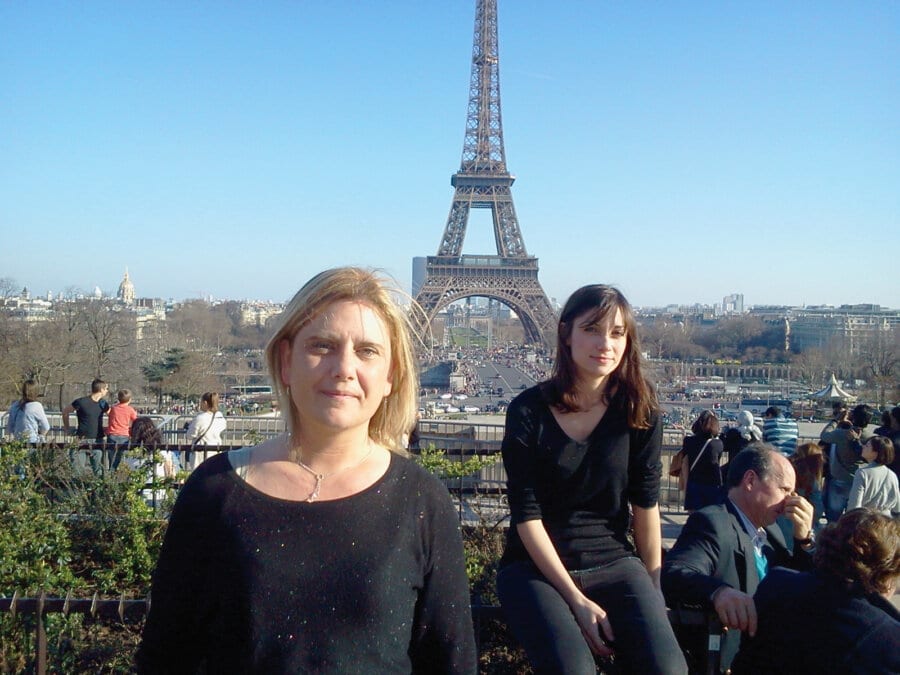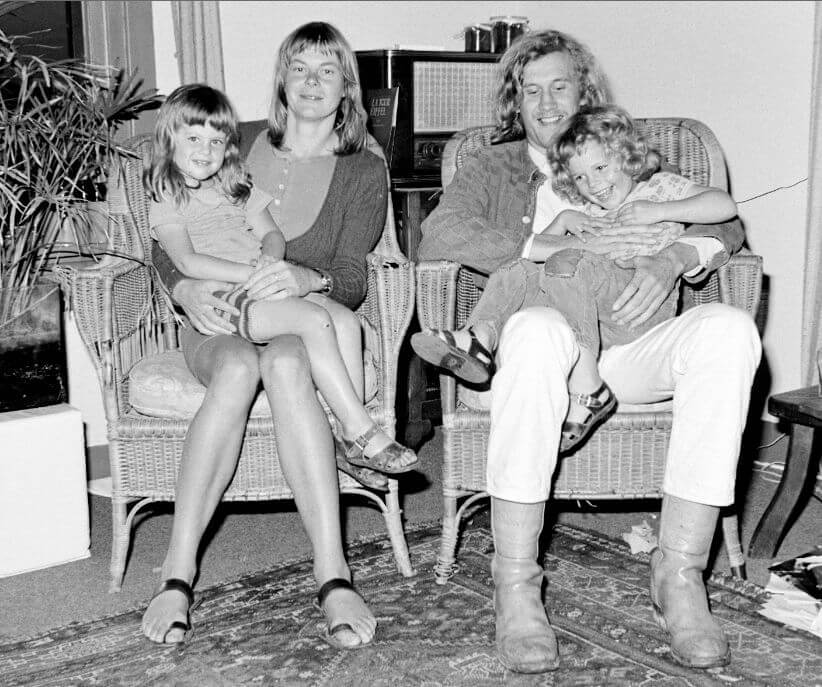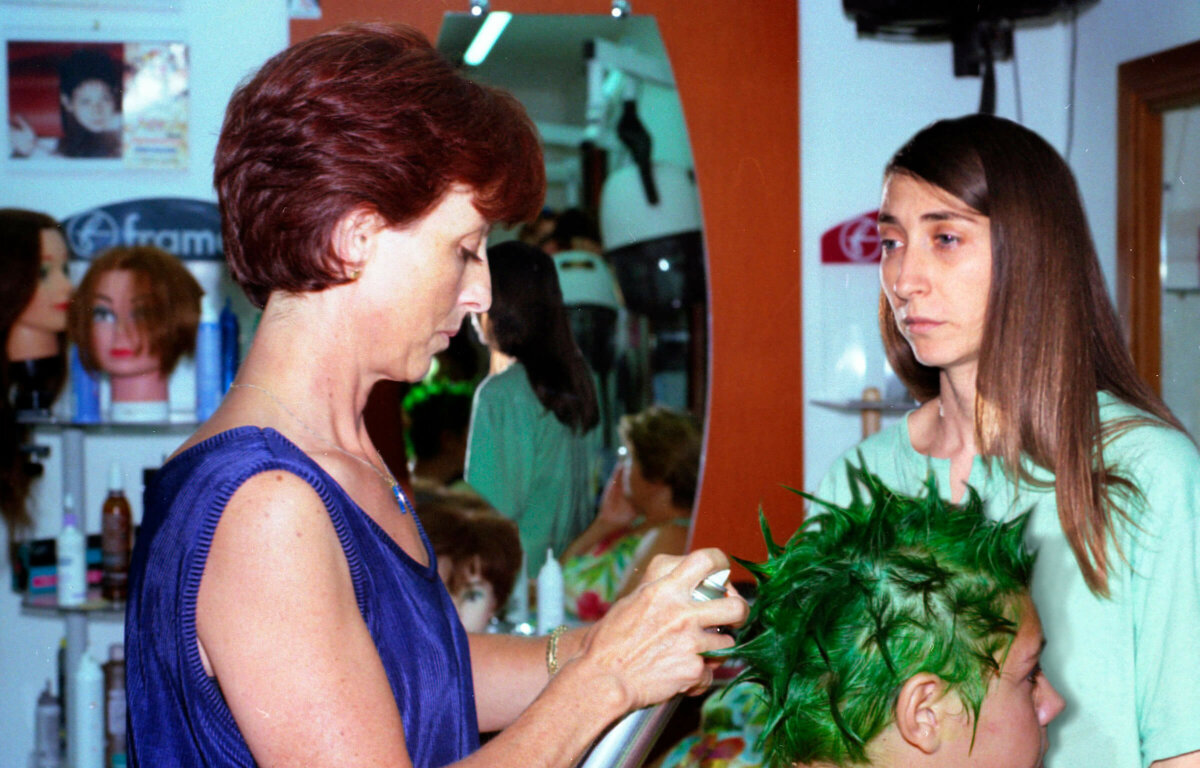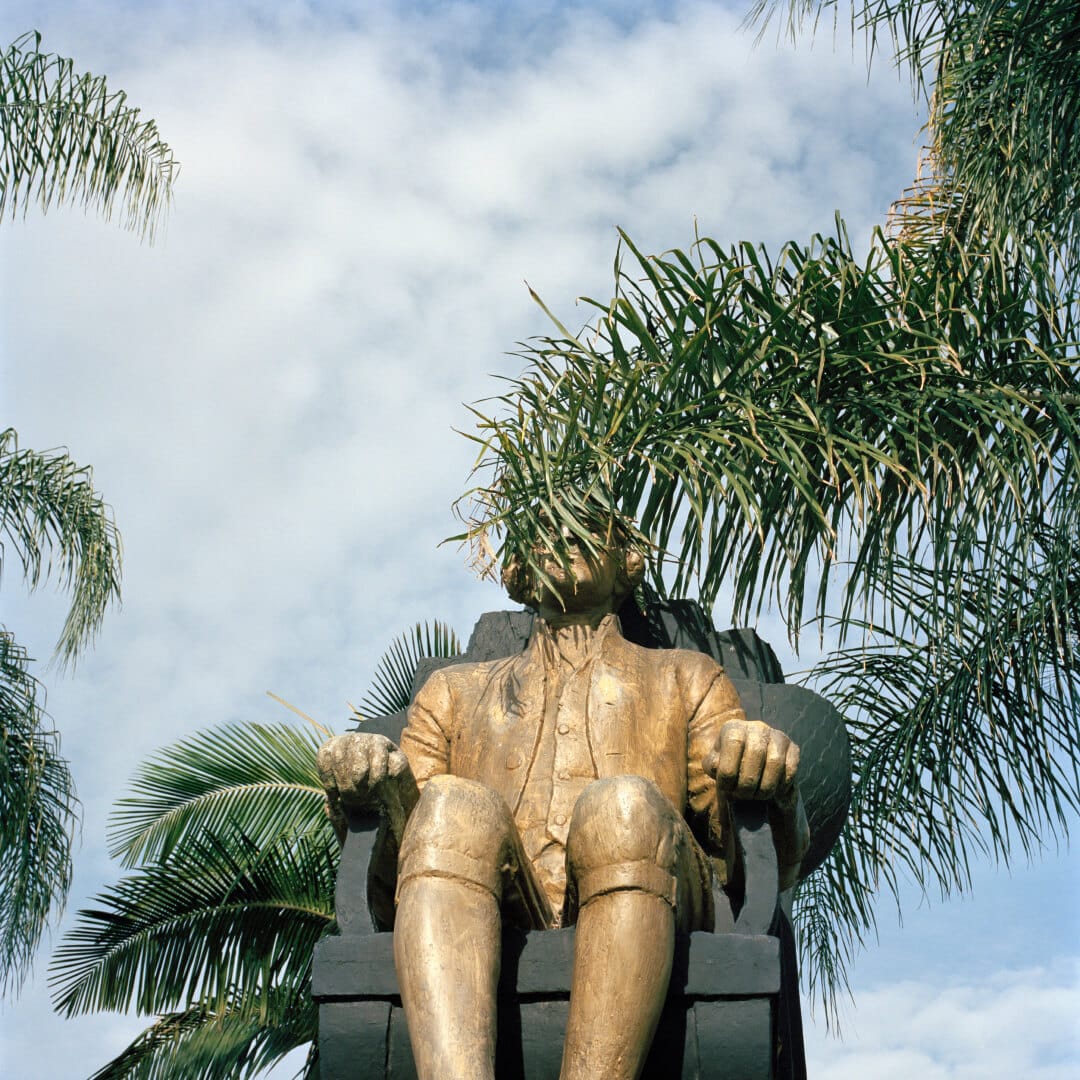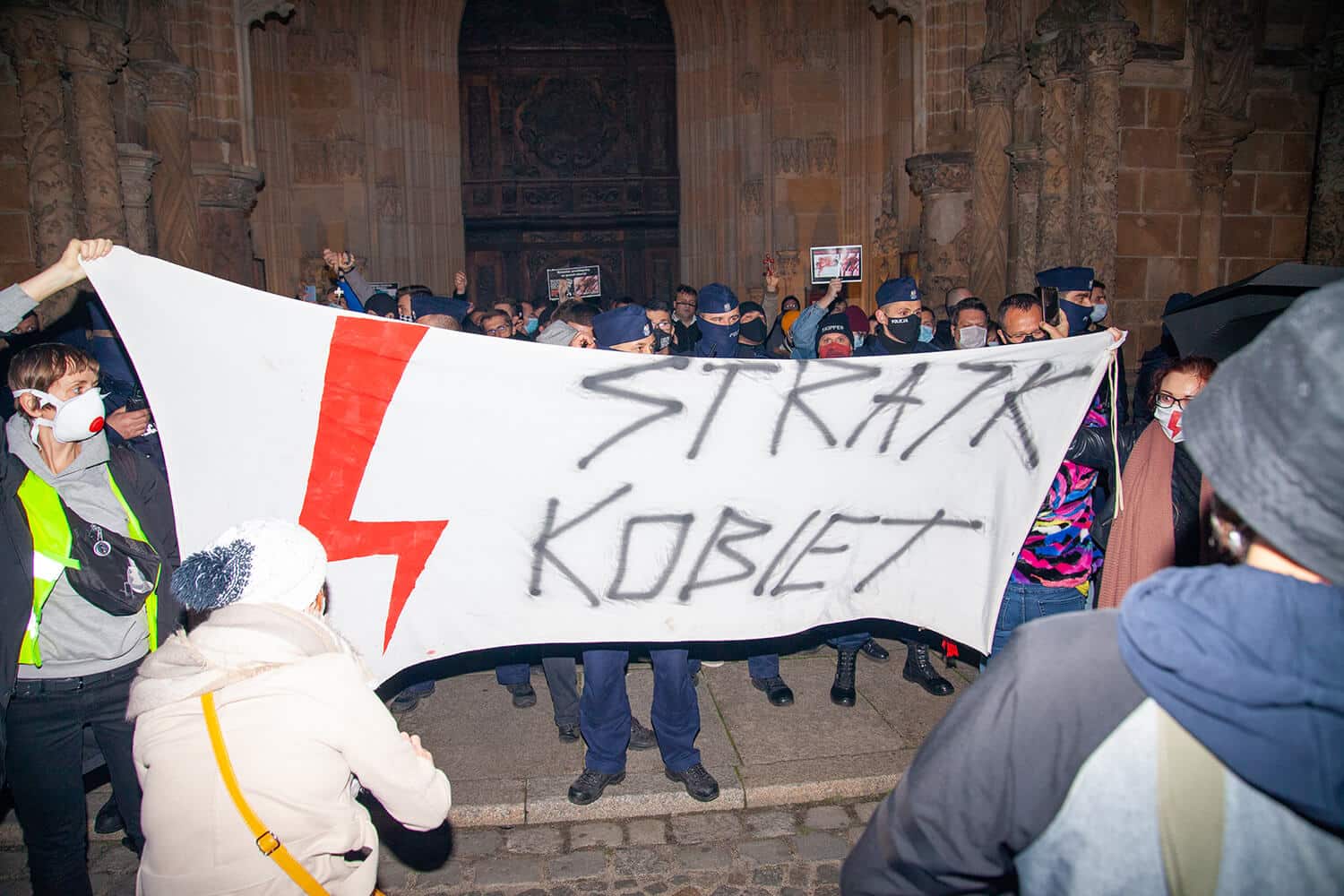This is the fifth and last installment of my PhotoBomb Series, in which we look at the trope of photographic intrusion and distraction among a selection of contemporary artists. We are here with the “post-whatever era” duo Émilie Brout & Maxime Marion, whose project Ghosts of your Souvenir is a brilliant example of performative photobomb, as they manage, after spending hours in typical sightseeing spots, to be photographed indirectly and haunt tourists’ photographs. I could not resist asking them a few questions.

Federica Chiocchetti: Could you reveal the behind-the-scenes of this series a bit more? You said that by using the information on places and dates of your presence, you then find the images in which you appear among those published online. It doesn’t sound so simple…
Émilie Brout & Maxime Marion: We choose highly touristy spaces, preferably not too large to make it hard to exclude us from the frame, scouting out the spots most prevalent on social networks beforehand. The first area was in front of the Arc de Triomphe in Paris, near the metro exit – a space of a few square meters packed by hundreds of tourists in relentless waves. We tried to appear in the image without seeming too suspicious – not always easy, as after a few hours you’re inevitably pinpointed, even by security. At any rate, we knew that if we could see a camera lens, it could see us too, and we favored smartphone camera. Afterwards, to find the images where we showed up, we used API from social media to filter as many images as possible by the geographic area and time of our presence. Even with this sorting, it sometimes took several hours of scrolling to find ourselves in an image. Sometimes there simply weren’t any, even though we knew we had been in hundreds of photos!
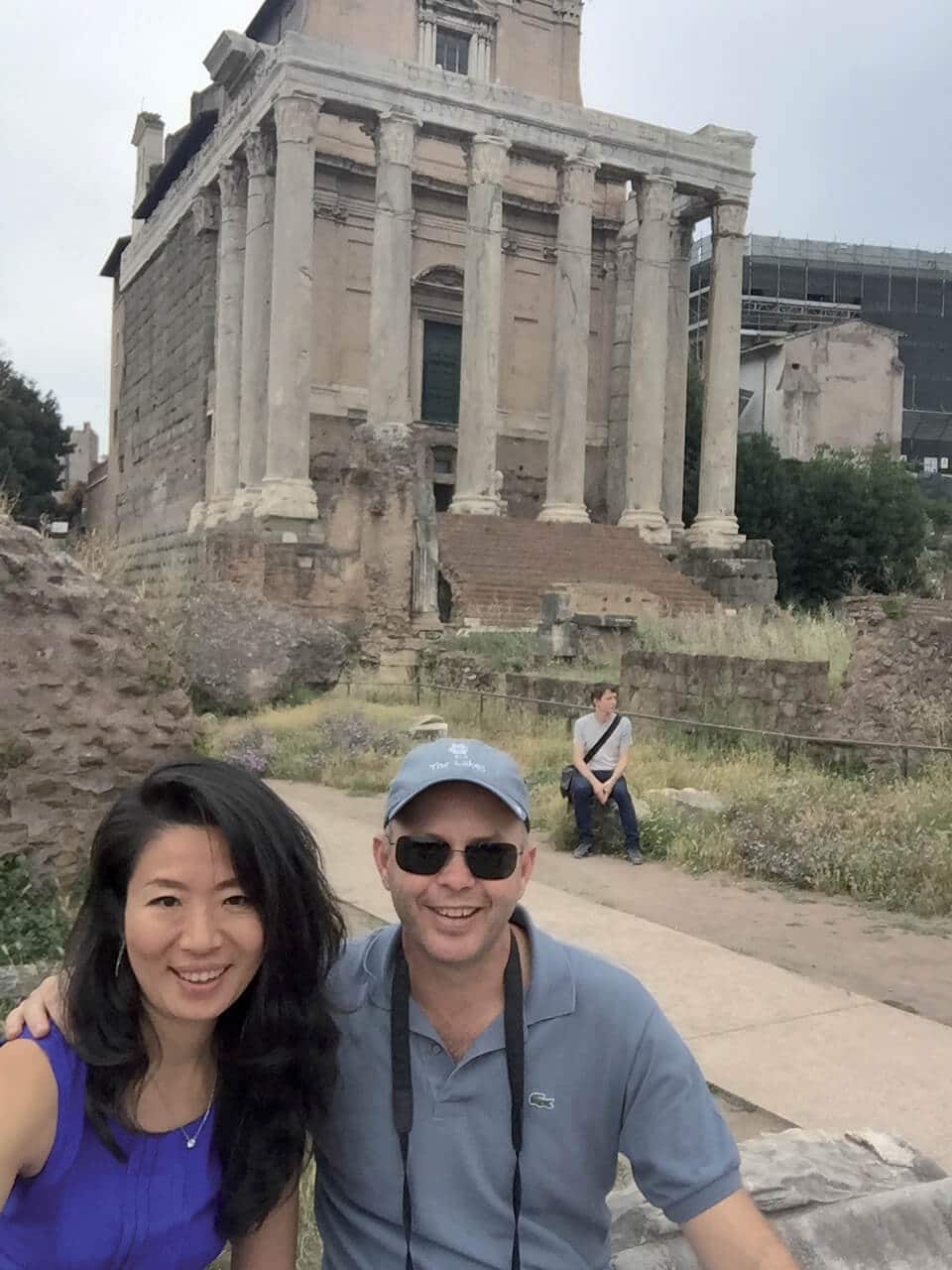
Émilie Brout & Maxime Marion, Ghosts of your Souvenir, 2014-2015 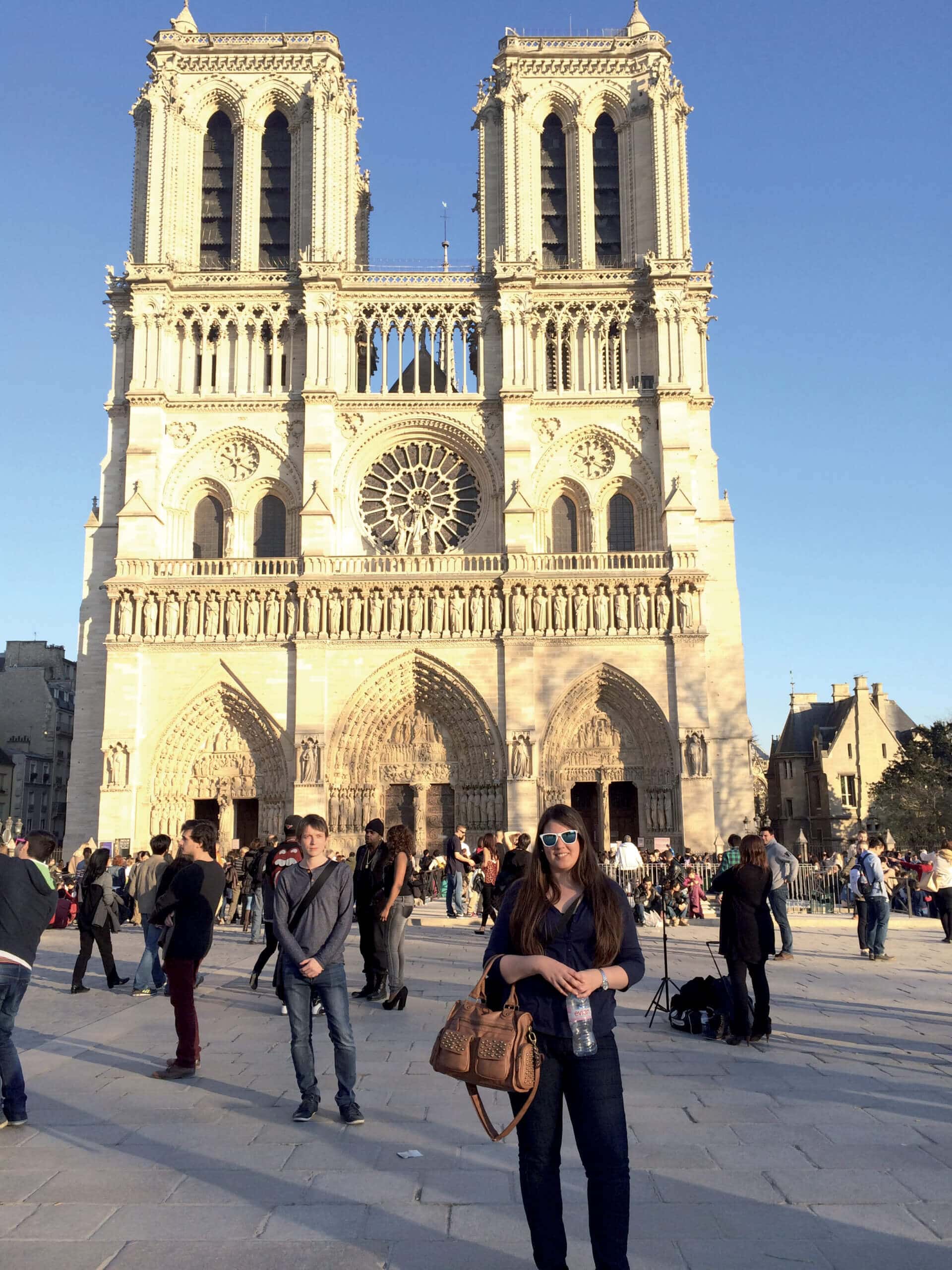
Émilie Brout & Maxime Marion, Ghosts of your Souvenir, 2014-2015 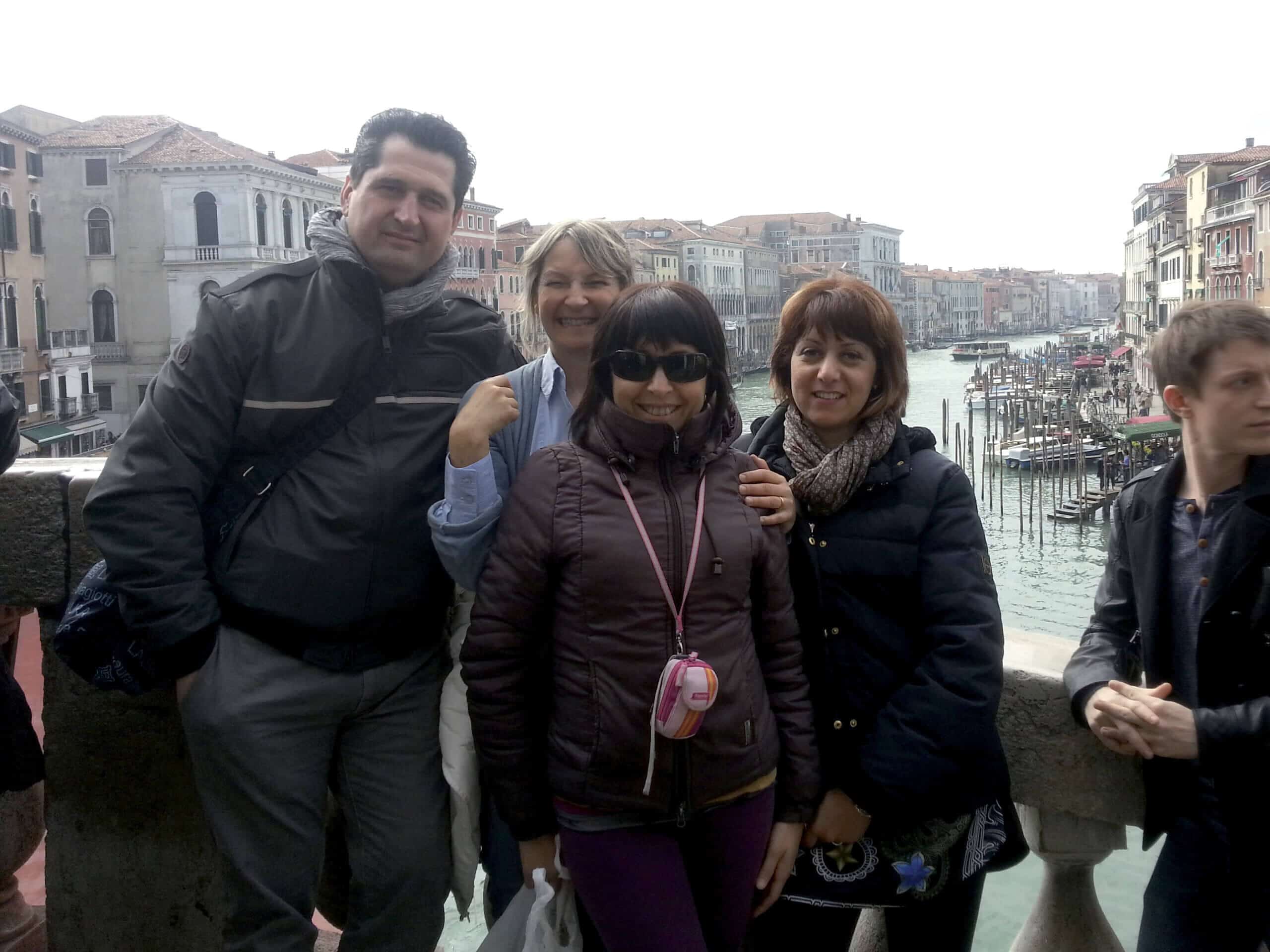
Émilie Brout & Maxime Marion, Ghosts of your Souvenir, 2014-2015
FC: I wonder if the project is the reflection of a specific zeitgeist?
EB MM: The project was carried out in 2014–2015 under extremely favorable conditions, right when the aestheticization of everyday life was booming, massively disseminated online – via Instagram, first and foremost. These images were mainly produced using smartphones, which began systematically recording GPS data in image metadata. Also, the tools made available by social media were much more open at the time, for example, making it possible to filter images using highly precise GPS tracking (which is no longer possible today, as API are much more restricted, with limitations to specific geographic areas). Lastly, and perhaps most importantly, a few years ago, users were much less aware of private life issues, and widely published their images publicly (likewise, today, a large portion of images are no longer available for these reasons).
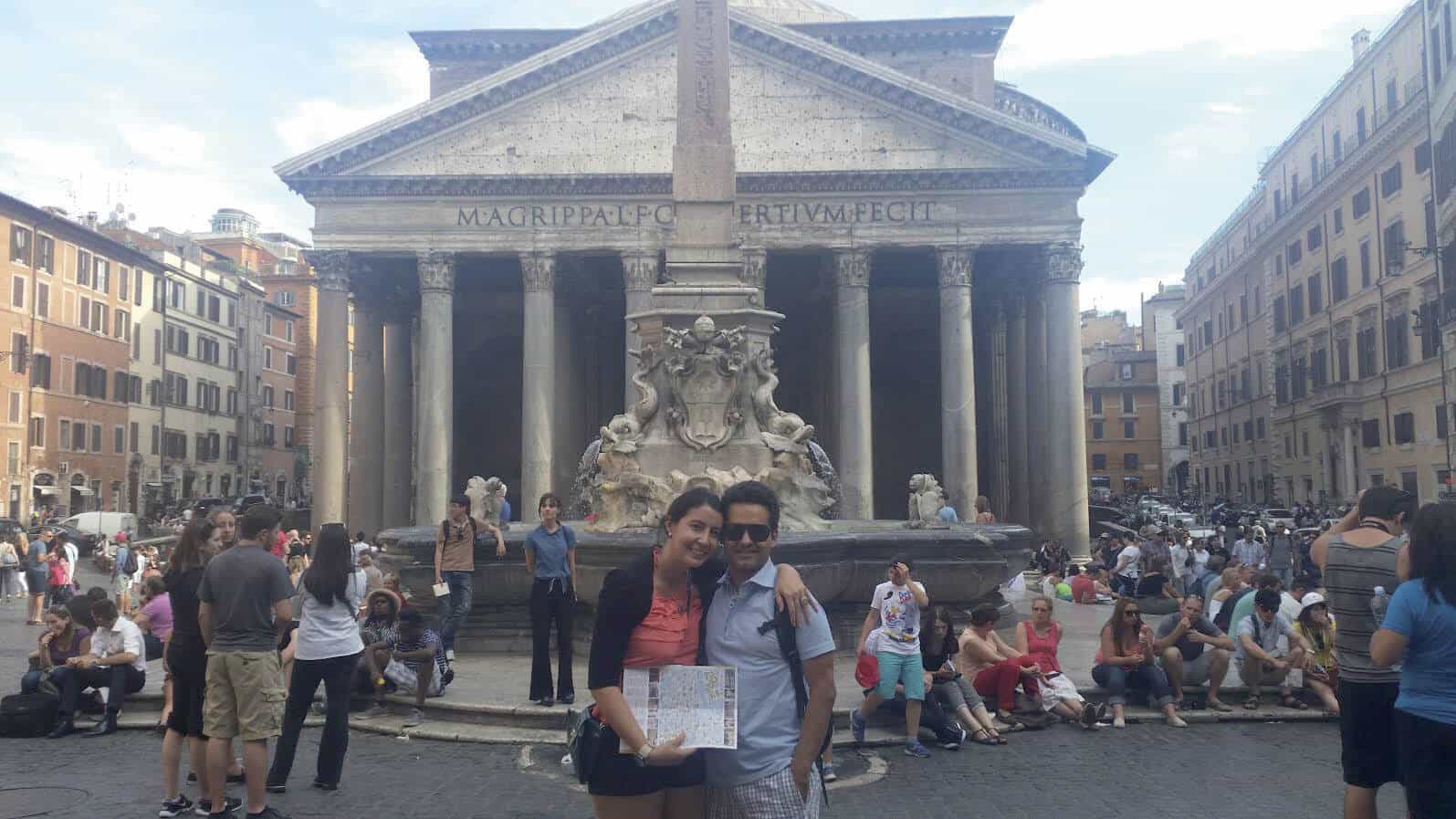
FC: As professional photobombers, what is your deeper feeling once you are in action, beyond the immediate fun of the operation?
EB MM : With this project, we were less interested in the performative aspect, in fact quite stressful, than in the pleasure of discovering the images online, and our collection of them on the site ghostsofyoursouvenir.net. While most often, they have no particular quality in themselves, and our presence is generally no more remarkable than a road sign, in how they are brought together, a certain strangeness emerges through our systematic appearance: we literally embody the link between these images produced in difference countries, taken by people from around the world and disseminated on international servers and networks.
Federica Chiocchetti/Photocaptionist
